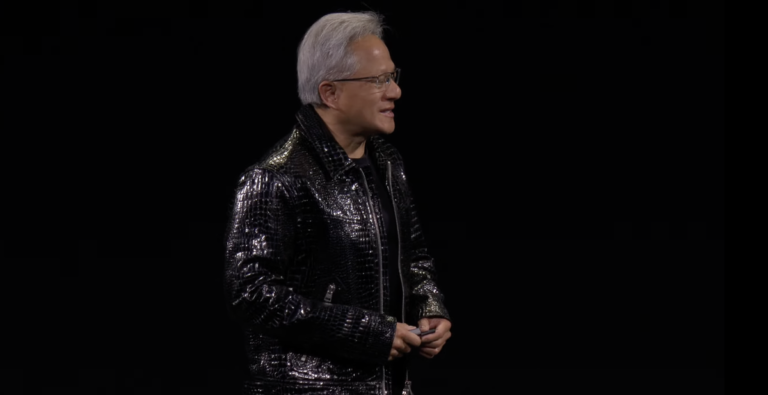ASICs are much more efficient than GPUs in inference, similar to crypto mining The inference AI chip market is expected to grow exponentially by the end of this decade Hyperscalers like Google are already I’m on the bandwagon
Already a leader in AI and GPU technology, Nvidia is entering the application-specific integrated circuit (ASIC) market to address increasing competition and changing trends in AI semiconductor design.
The global rise of generative AI and large-scale language models (LLM) has significantly increased the demand for GPUs, with Nvidia CEO Jensen Huang confirming that the company will hire 1,000 engineers in Taiwan in 2024. I did.
As reported by Taiwan’s Commercial Times (originally published in Chinese), the company is currently establishing a new ASIC division and actively hiring talent.
The rise of inference chips
Optimized for AI learning tasks, Nvidia’s H-series GPUs are widely adopted for training AI models. However, the AI semiconductor market is increasingly moving toward inference chips (ASICs).
This surge is being driven by demand for chips optimized for real-world AI applications, such as large-scale language models and generative AI. Unlike GPUs, ASICs offer greater efficiency for inference tasks and cryptocurrency mining.
The inference AI chip market is expected to grow from a valuation of $15.8 billion in 2023 to $90.6 billion by 2030, according to Verified Market Research.
Big tech companies, including Google, are already using custom ASIC designs for their Trillium AI chip, which will be generally available in December 2024.
The shift to custom AI chips is increasing competition among semiconductor giants. Companies like Broadcom and Marvell are soaring in relevance and stock prices as they work with cloud service providers to develop specialized chips for data centers.
To stay ahead of the curve, Nvidia’s new ASIC division is focused on leveraging local expertise by hiring talent from larger companies like MediaTek.

